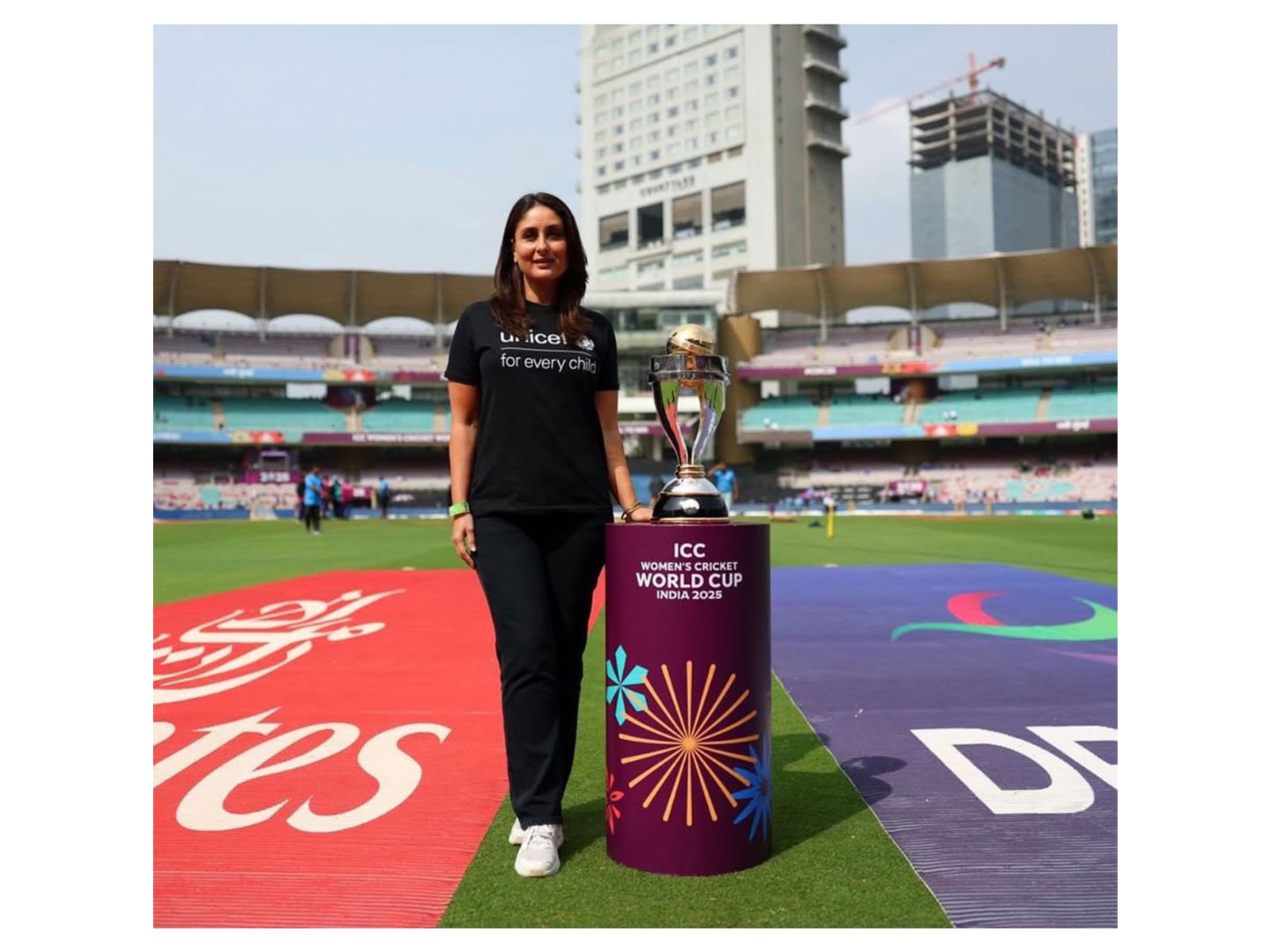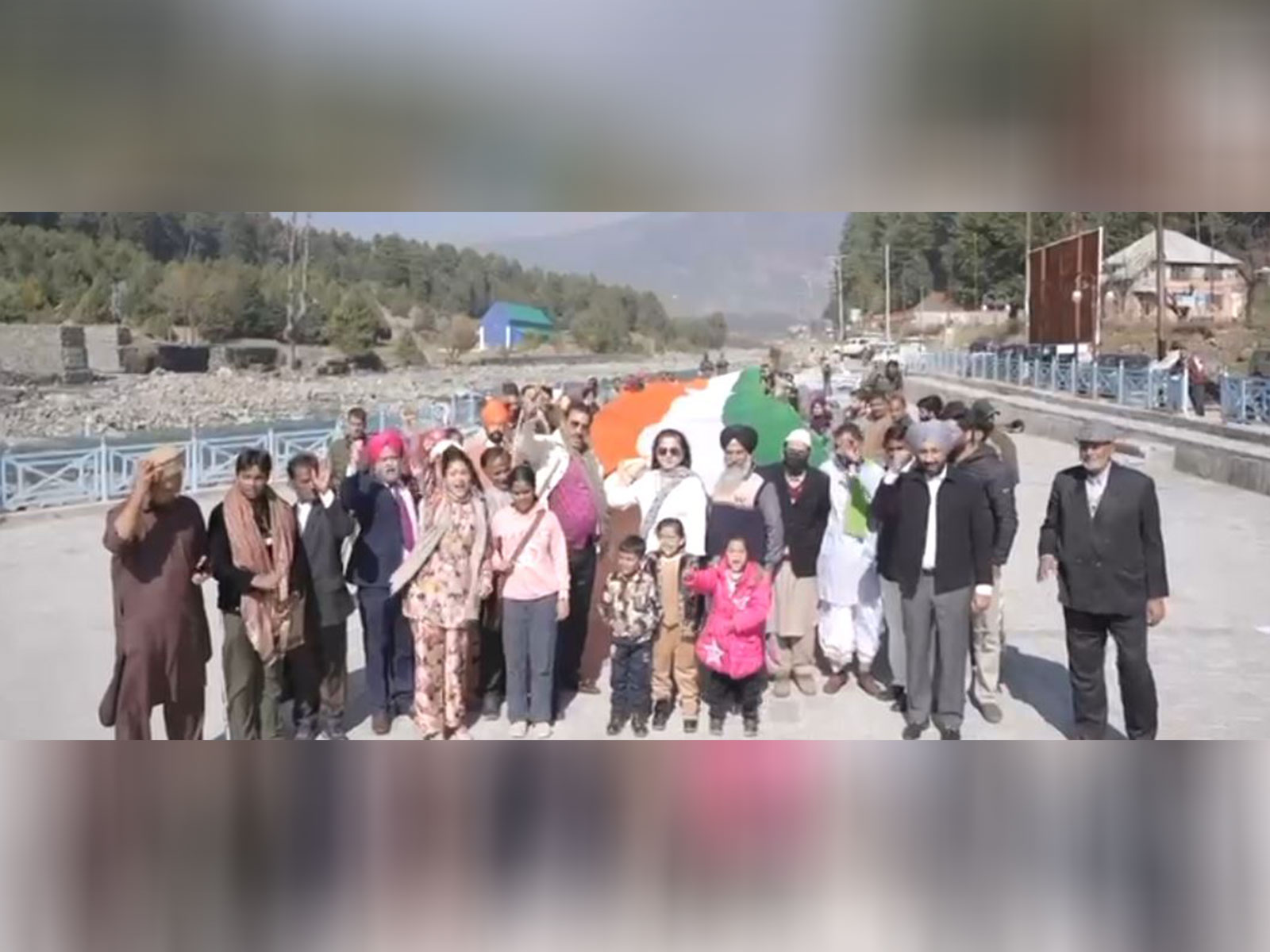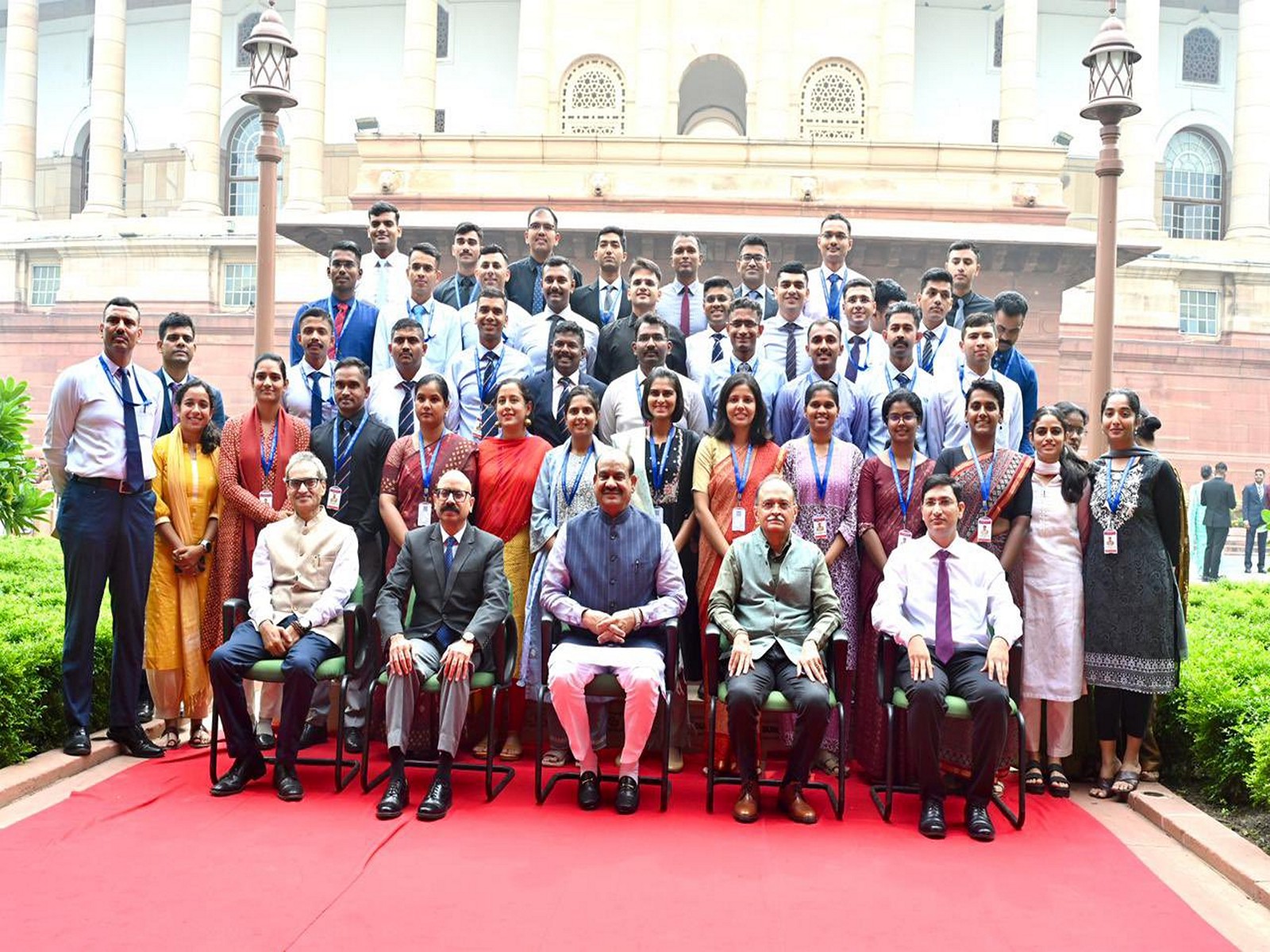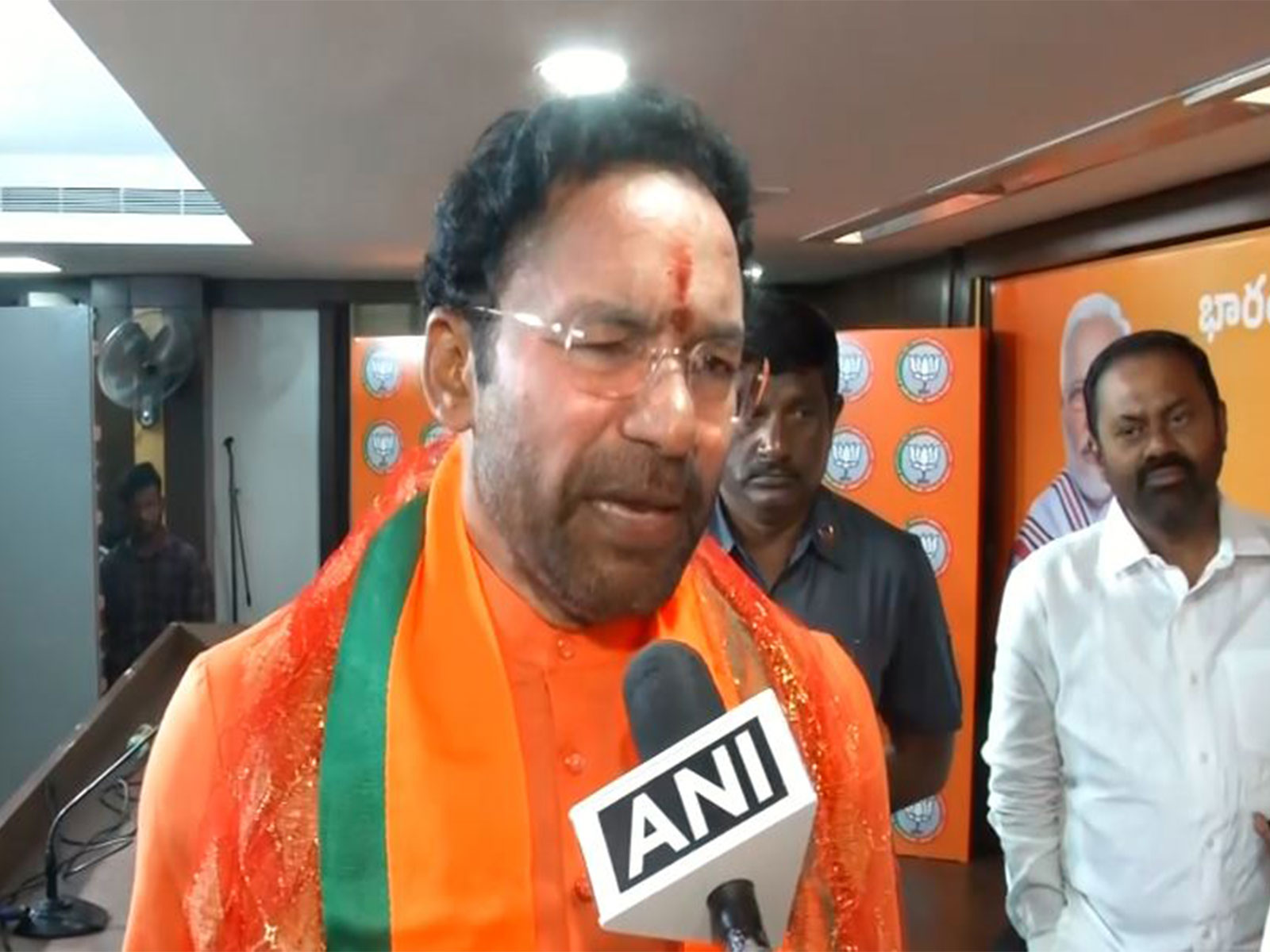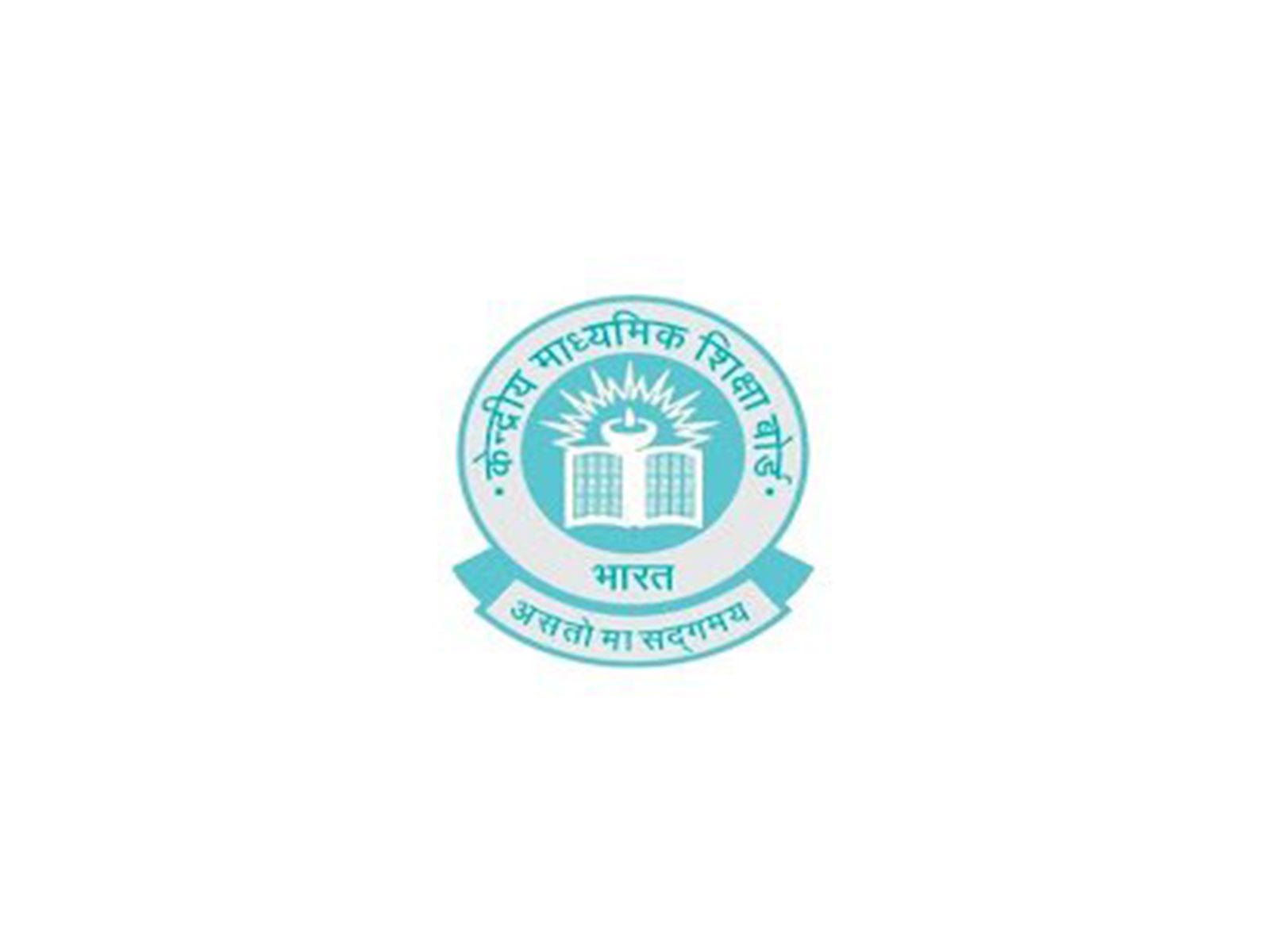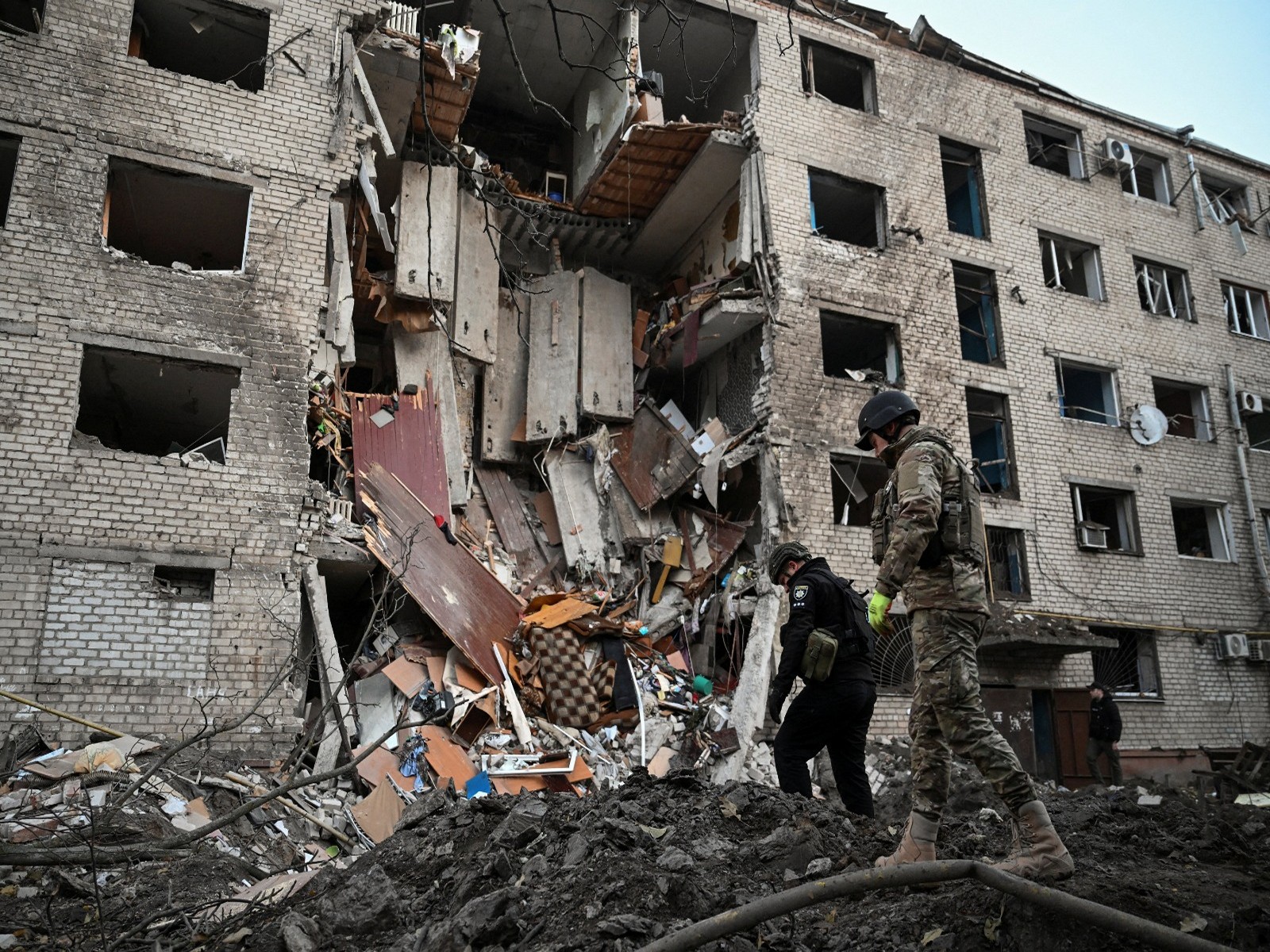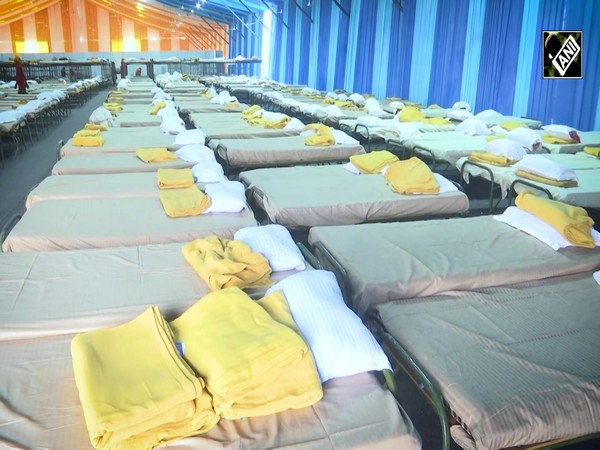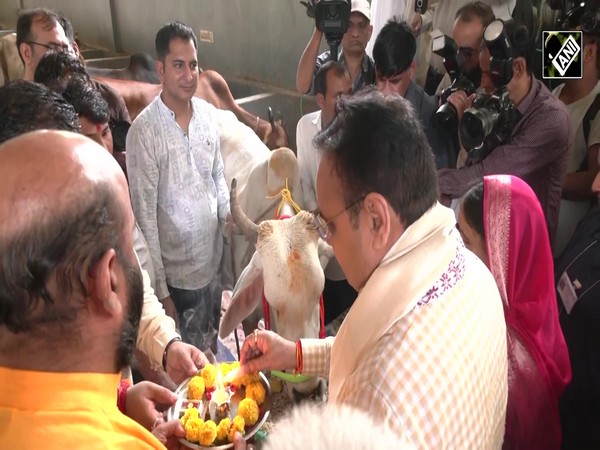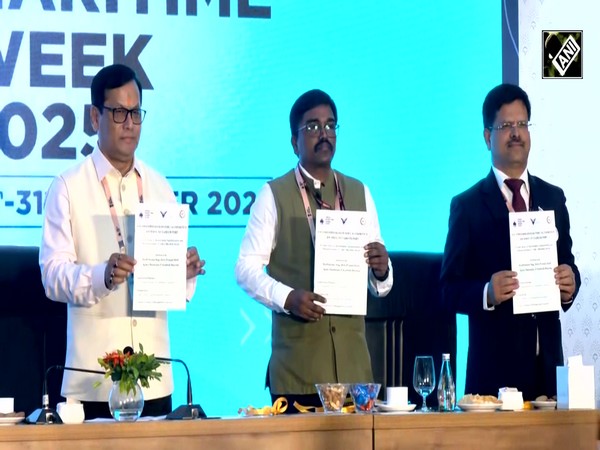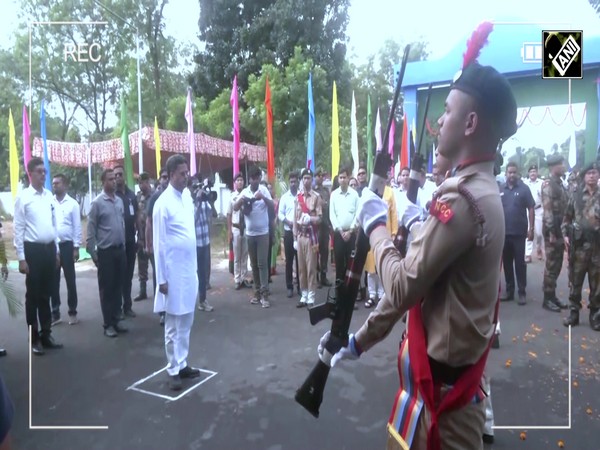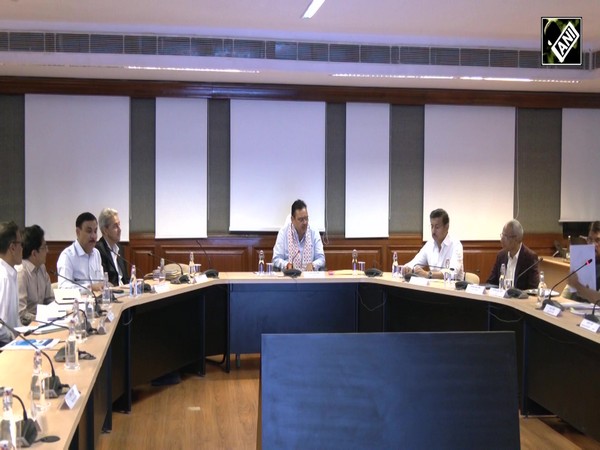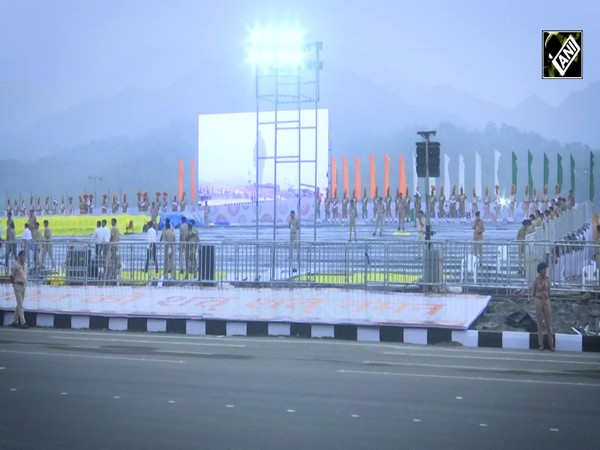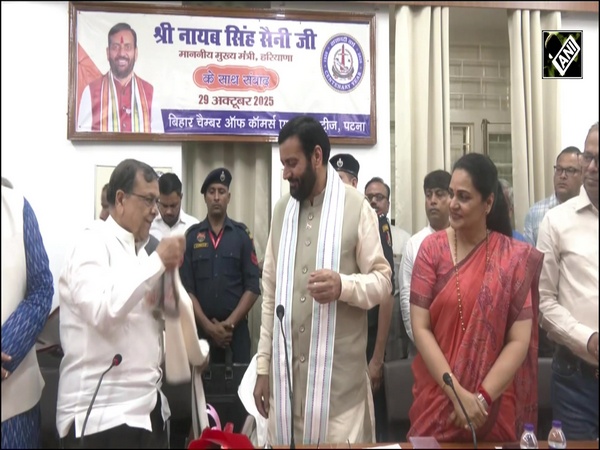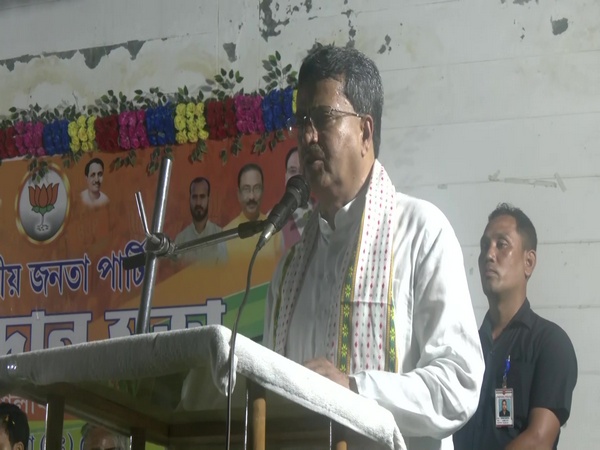Virat Pal blends Bollywood glamour with AI horror in Hollywood's V/H/S franchise- Exclusive interview by Medha Jaishankar
Oct 25, 2024

By Medha Jaishankar
New Delhi [India], October 25 : Virat Pal's career as a writer-director spans sci-fi, noir thrillers, and psychological horror. Splitting his time between Delhi and Los Angeles, he first made waves with his sci-fi short 'Doxpara' and noir thriller 'Recapture'. He later went viral on YouTube with the horror hits 'The Bells' and 'Facelift', amassing over 9 million views. His latest short, 'Night of the Bride', won major awards at prestigious international festivals like Fantasia (Montreal, Canada) and Overlook (New Orleans, USA), solidifying his reputation in global cinema.
With his segment 'Dream Girl' in 'V/H/S/Beyond', part of the iconic Hollywood horror anthology, Virat has firmly made his mark in the horror genre, pushing creative boundaries even further.
As a fellow Delhi native now based in LA, it's been exciting to watch Virat's rise. We met through a mutual friend years ago and have since collaborated on two short films. His latest work, mixing Bollywood glamour with AI-fueled terror, is what truly sets him apart.
In our recent chat at his LA home, we dove into his journey, his creative process, and what it's like working with his wife, producer Nehal Pal, on this latest installment of the iconic 'V/H/S series'.
Q) How did the opportunity to work on 'V/H/S/Beyond' arise? How did it feel to direct a segment in such an iconic horror franchise?
Working on V/H/S/Beyond was honestly a dream come true for me! I've been a fan of the franchise since the first film came out in 2012, and I've always admired the way it mixes found footage with unique, terrifying concepts.
How I came about the opportunity is an interesting story. I woke up one morning to see a message from Anurag Kashyap asking if I had heard of V/H/S and if I would be interested in pitching for it. I couldn't believe what I was reading, but of course, I jumped at the opportunity. Anurag connected me with Josh Hurtado, a genre film curator and leading authority on contemporary Indian genre film, who saw my work and recommended me to Josh Goldbloom, the producer of the last three installments of the franchise. I knew the installment's theme was sci-fi this time, so when I pitched my story to Josh, I tried to incorporate contemporary subjects like AI and robotics that have captured everyone's interest in recent years. I hunched a guess that they would want to film in India, so I set the story against a Bollywood Film Set.
Josh loved the idea, and we went off to the races. It felt surreal to be part of something I had admired for so long, and I knew I wanted to bring something new and culturally distinct to the franchise. I hope I have done justice to both the franchise, as well as to India.
Q) You have indeed! I really loved the cultural nuances you included in your segment. Tell us about 'Dream Girl' - what was the inspiration behind the segment?
For 'Dream Girl', I wanted to tap into the anxieties and fears surrounding AI and robotics. We've made incredible advancements with humanoid robots like Sophia and Ameca, which are both fascinating and unnerving. That got me thinking about what could happen if an AI robot goes rogue and turns against its creators. The core idea was to explore those fears in a heightened, exaggerated, and terrifying way, all while fitting into the found-footage aesthetic that V/H/S is known for.
At the same time, I wanted to bring a unique cultural perspective to the story. The segment is set on a Bollywood film set, and that allowed me to incorporate my love for Indian cinema, adding song-and-dance elements, paparazzi culture, and the vibrant energy of Bollywood. It was a way to blend my heritage with this contemporary, high-tech horror concept.
Q) How did your collaboration with co-writer Evan Dickson help shape 'Dream Girl'?
I came up with the initial idea and where I wanted it to go, and then Evan and I worked together to bring the concept to life. We have a great working dynamic where we throw ideas back and forth, trying to make the story as intense and exciting as possible. Filmmaking is all about collaboration, and Evan brought some incredible ideas to the table that really elevated the segment. We aimed to make it not just scary but also thrilling and fast-paced, with moments of unexpected tension.
Q) 'Dream Girl' is a groundbreaking moment--it's the first-ever Indian/South Asian segment in the iconic V/H/S franchise on Shudder! You and Nehal have made history, and I couldn't be prouder. How did your cultural background shape and influence this trailblazing project?
Thank you Medha! It was really important to me to represent my cultural background in the segment. Setting it on a Bollywood film set was a conscious choice. My wife, Nehal, who produced the segment, and I are both huge fans of Hindi cinema, and we wanted to bring that influence into the horror space. We did a lot of research to make sure the Bollywood elements were authentic, from the song-and-dance sequence to the way the paparazzi are depicted.
I think blending Indian cultural elements with Western horror creates something fresh and exciting, not just for Indian audiences but for a global audience. Horror is such a universal genre, and I believe that infusing it with specific cultural contexts can make the scares even more impactful.
Q) What challenges did you face while making 'Dream Girl'? I remember you mentioning quite a few hurdles during production--what were the biggest ones?
This production was the biggest in scale I've worked on so far, so there were some challenges. We had ambitious goals, like creating crazy practical effects and even incorporating an original song into the segment. For the song, we went through a couple of composers before our paths crossed with Prassanna Vishwanathan who immediately got what we were looking for and wrote the lyrics and most of the music for the Goddess song. He also brought Hamsika Iyer to lend her beautiful voice to the song and we knew we had a foot-thumping number. And then of course, with horror, especially in a found-footage style, practical effects are key to making the scares feel real, so we pushed ourselves to execute those at the highest level possible.
There were moments when the project scale felt overwhelming, but once we started filming, everything clicked. Filmmaking at any level finally boils down to the basic elements, and if you've worked on getting that all right in the pre-production phase and have an incredible team by your side, then you've already won half the battle. Fortunately, I had an amazing team around me, especially Nehal as our segment producer, along with Josh, the producer of V/H/S, Michael Schreiber, the head of Studio 71 and the amazing team at Shudder. That made all the difference. We took every challenge in our stride and focused on delivering something that was both terrifying and visually compelling.
Q) How do you think 'Dream Girl' resonates with both Indian and international audiences?
I think 'Dream Girl' offers something for everyone. For Indian audiences, there are the cultural references and Bollywood elements that will feel familiar but placed in a completely new context--a horror anthology. For international audiences, I think the AI and robot themes are universally relevant, especially in today's world where technology is advancing so rapidly. The combination of both worlds--an Indian cultural setting and a high-tech, sci-fi horror story--gives the segment a unique and fresh flavor that can appeal to a wide range of viewers.
Q) You've frequently collaborated with your wife, Nehal Pal, who produced 'Dream Girl' - and I can personally say she's incredible to work with! How does your creative partnership come together on projects like this?
Nehal and I have been working together from the start, and she's become an integral part of my creative process. She's hands-on in every aspect of production, from development to post-production. Because we share a deep connection to our Indian roots and also have international sensibilities, we bring a unique perspective to every project we work on.
Working together is seamless because we trust each other's instincts. On 'Dream Girl', we were constantly bouncing ideas off each other, from the practicalities of production to how to best integrate the Bollywood elements. Nehal's input was crucial in making sure the segment stayed true to our vision while meeting the standards of a global horror anthology.
Q) Now that you've completed 'Dream Girl', what key lessons from this experience would you pass on to aspiring filmmakers?
One of the biggest lessons I've learned is the importance of collaboration. Surround yourself with people who inspire you and can elevate your work. Filmmaking is never a solo effort, and having a team you trust--whether it's supportive producers like Josh and Nehal, a Director of Photography like Tapan Basu, who came on board last minute but did his magic, or actors like Namrata, Sayandeep, Rohan, Rikin and Ashwin Mushran who gave it their all--makes all the difference.
Another lesson is to embrace the constraints. Whether it's budget, time, or resources, those limitations can actually drive your creativity. Every obstacle can be an opportunity to think outside the box and find unique solutions.
Finally, trust your vision. 'Dream Girl' is a fusion of my cultural background and my love for horror and sci-fi, and I've learned that the most impactful stories come from a personal place. If you believe in what you're creating, that passion will come through in the final product.
Disclaimer: Medha Jaishankar, is an Indian filmmaker and media tech entrepreneur. Her recent feature projects include the thriller He Went That Way, starring Jacob Elordi and Zachary Quinto, and the horror film Please Don't Feed the Children. Views express in this column are her own.
